Rare Freshwater Aquarium Fish: A Concise Guide for Enthusiasts
As aquarium enthusiasts, we know how captivating and fulfilling it is to maintain a beautiful and diverse freshwater aquarium. There’s a whole world of stunning and unique fish species out there, just waiting for aquarists to discover and appreciate them. Part of the excitement in maintaining an aquarium is finding the perfect freshwater fish species to add to your collection.

While it’s essential to understand the basics of setting up a freshwater aquarium and learn about the types of fish that are great for beginners, there’s also an incredible array of rare and exotic freshwater fish available for purchase. These unique fish species can provide a one-of-a-kind experience, elevating the aesthetic appeal of your aquarium and deepening your connection with the aquatic world.
In this article, we will introduce you to five rare freshwater aquarium fish that you can buy today, providing insights into their unique features, care requirements, and where to find these mesmerizing species. By the end of this article, you’ll be eager to expand your collection and create a truly awe-inspiring underwater environment.
Understanding the Basics
As we dive into the world of rare freshwater aquarium fish, it’s essential to understand the necessary conditions and requirements to keep them healthy and thriving. One of the most critical factors is the aquarium size. Depending on the species, different fish will need varying tank sizes to accommodate their growth and behavior.
Additionally, water quality is vital for the fish’s well-being. Maintaining optimal water parameters ensures that the fish remain healthy and stress-free. Regular water changes, monitoring pH levels, and maintaining the appropriate temperature for each species are essential practices for maintaining water quality.
A suitable filtration system is also crucial for a thriving aquarium. The system must efficiently remove waste, excess food, and toxins while maintaining a stable environment for the fish. There are various types of filtration systems available, and selecting the right one depends on the aquarium size and the species being kept.
When creating an environment for rare freshwater fish, consider their natural habitats and attempt to replicate those conditions. It’s important to research each species’ specific requirements, as these unique fish often need particular care and attention.
In conclusion, paying close attention to aquarium size, water quality, water parameters, regular water changes, and an efficient filtration system is necessary for ensuring the health and happiness of rare freshwater aquarium fish. By understanding and implementing these basics, we can provide these exceptional creatures a comfortable and suitable home.
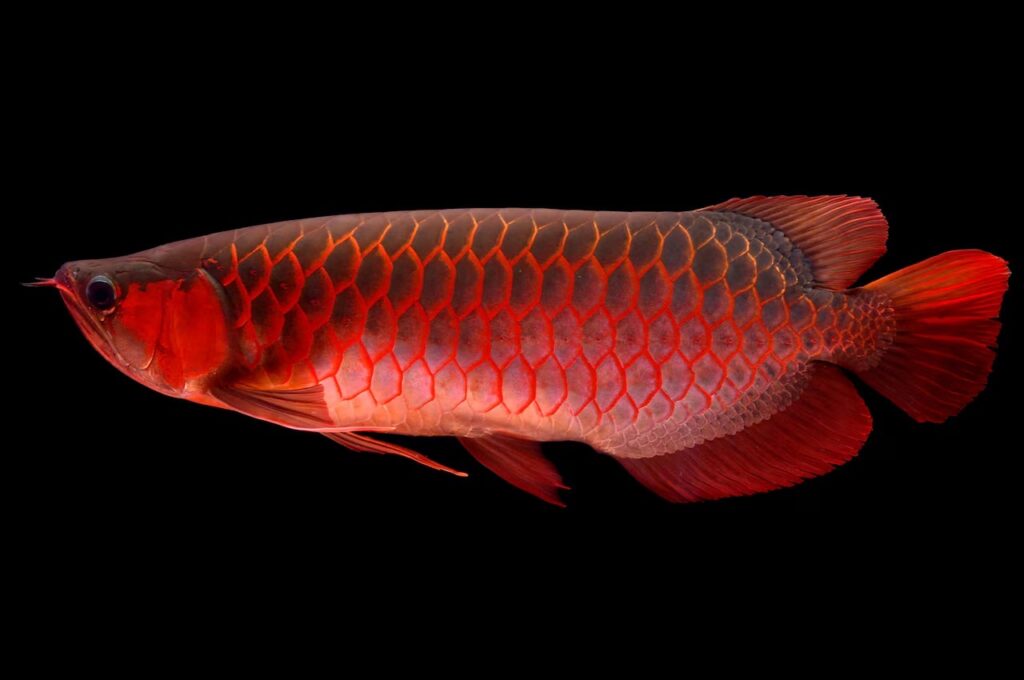
Guide to Selecting Freshwater Fish
When choosing rare and exotic freshwater aquarium fish, it’s crucial to consider several factors to ensure a healthy and thriving aquatic environment. The price, quality, and availability of the fish can differ depending on the pet store or online shop you choose to buy from.
Firstly, it’s essential to research the specific needs and temperament of the fish you’re interested in. Some rare fish species might require more attentive care and special water conditions, which is why we recommend becoming familiar with the basics of setting up a freshwater aquarium.
When selecting rare fish for your aquarium, it’s vital to consider compatibility with other species you plan to house. Mixing aggressive fish with peaceful ones may lead to conflicts and stress, which could eventually affect the overall health of your tank.
In terms of price, rare and exotic fish tend to cost more than common species due to their scarcity and demand. It’s essential to plan a budget before purchasing, as creating an ideal environment for your fish might also include buying specialized equipment or decorations to mimic their natural habitat.
Quality is another factor to keep in mind. Ensure that the pet store or online retailer where you purchase your fish has a good reputation for selling healthy, high-quality specimens. To achieve this, you can read customer reviews or ask for recommendations from other aquarium enthusiasts.
When buying a rare fish, make sure the species is suitable for beginners if you’re new to fishkeeping. There are many beginner-friendly fish species available in the market, and you can gradually grow your collection once you gain more experience.
Lastly, always remember to consult expert advice or join online forums to share your experiences and learn from others. This way, you’ll continue to build your knowledge while enjoying the beauty and uniqueness of your rare freshwater aquarium fish.
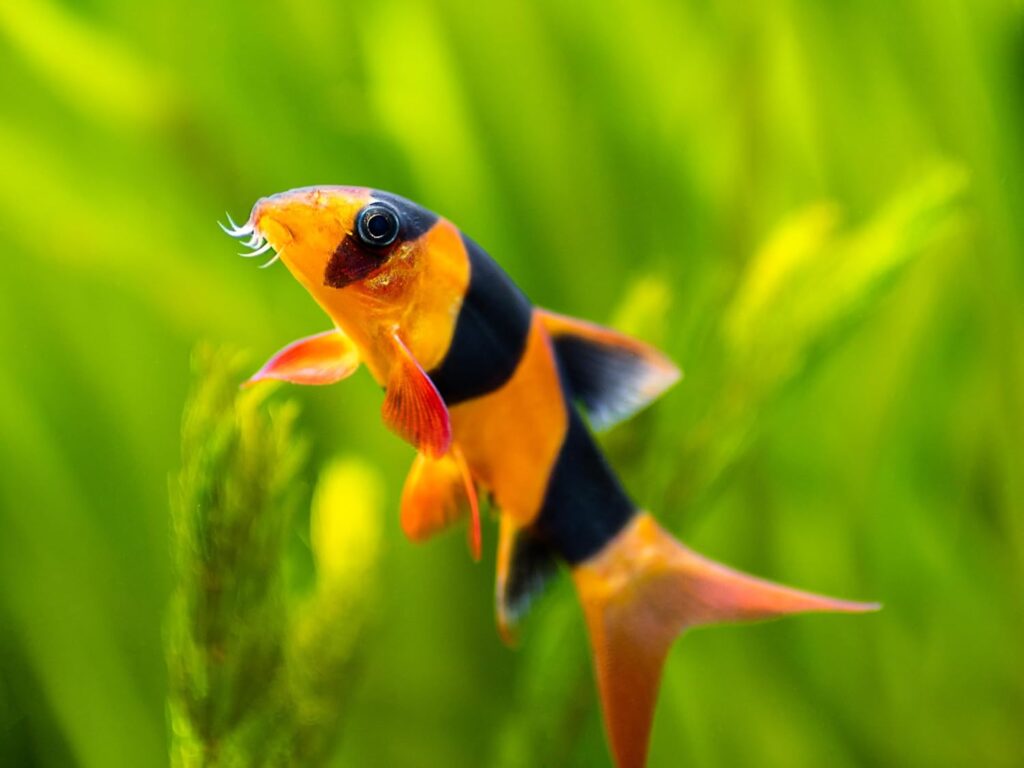
Rare Freshwater Fish and Their Care
As fish enthusiasts, we’re always on the lookout for rare and unique freshwater fish to add to our aquariums. Here are five of the most sought-after species and some tips on how to care for them.
One such fish is the zebra pleco, native to Brazil’s Xingu River. Its distinctive black and white stripes make it a beautiful addition to any tank. They require a stable water temperature of 78-86°F and a pH between 6.5 and 7.0. It’s important to provide plenty of hiding spots and caves since zebra plecos are mainly nocturnal.
Another fascinating choice is the golden gar, a large freshwater fish with striking golden scales. They can grow up to two feet in length and require a sizeable tank, with at least 125 gallons capacity. Golden gar can adapt to various water parameters, but prefer a neutral pH.
Freshwater stingrays, such as the polka-dot stingray, are an exquisite addition to any collection. These stingrays can reach a size of up to 12 inches and require a tank with plenty of floor space and hiding spots. Sand substrates are preferred, and water temperature should be maintained between 76-82°F, with a pH between 6.0 and 7.0.
The fascinating flowerhorn cichlid is a hybrid species known for its vibrant colors and striking hump on the forehead. Flowerhorn cichlids can grow up to 12 inches and need at least a 55-gallon tank. These fish require consistent water parameters with a temperature of 80-85°F and pH around 7.4-8.0.
Finally, imperial flower loaches are striking with their intricate pattern and distinctive body shape. Native to Burma, they enjoy wood and rocky habitats, with a tank temperature of 68-79°F and pH between 6.5 and 7.5. Imperial flower loaches can grow up to 9 inches and should be kept in a minimum 75-gallon tank.
Taking care of these rare freshwater fish may require a bit more effort compared to some common species, but the reward is a stunning aquarium filled with unique and eye-catching inhabitants. With proper care, we can enjoy these aquatic gems for years to come.
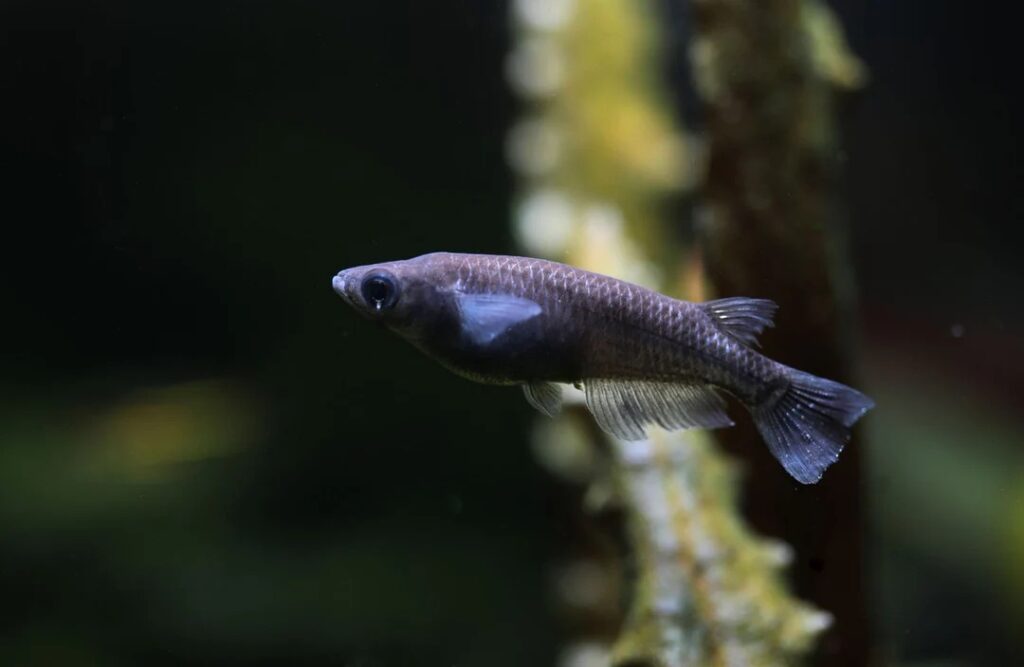
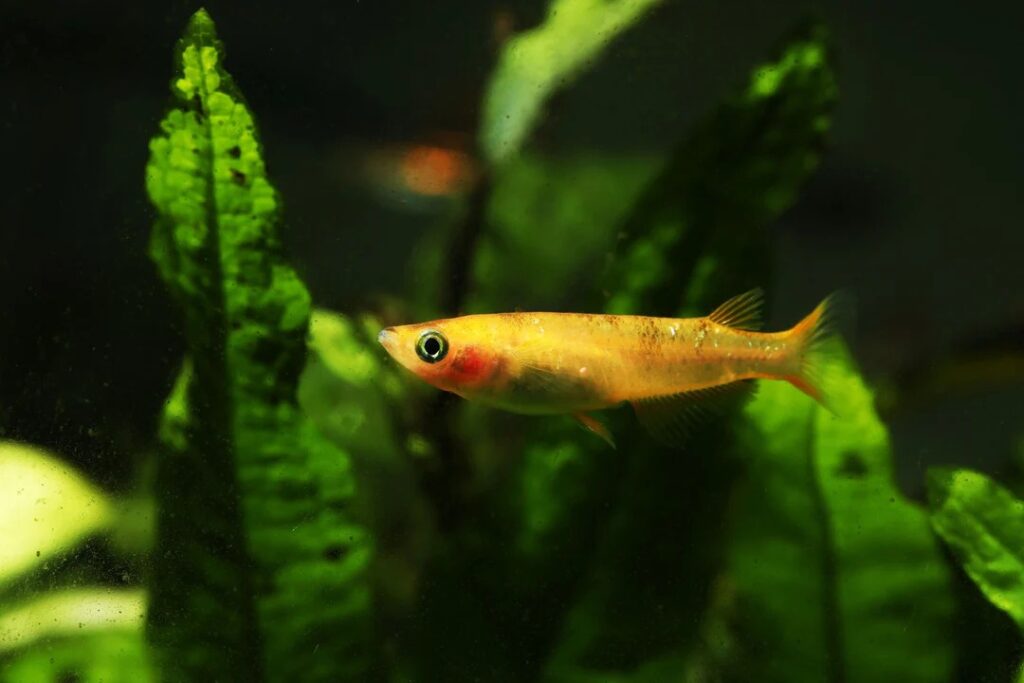
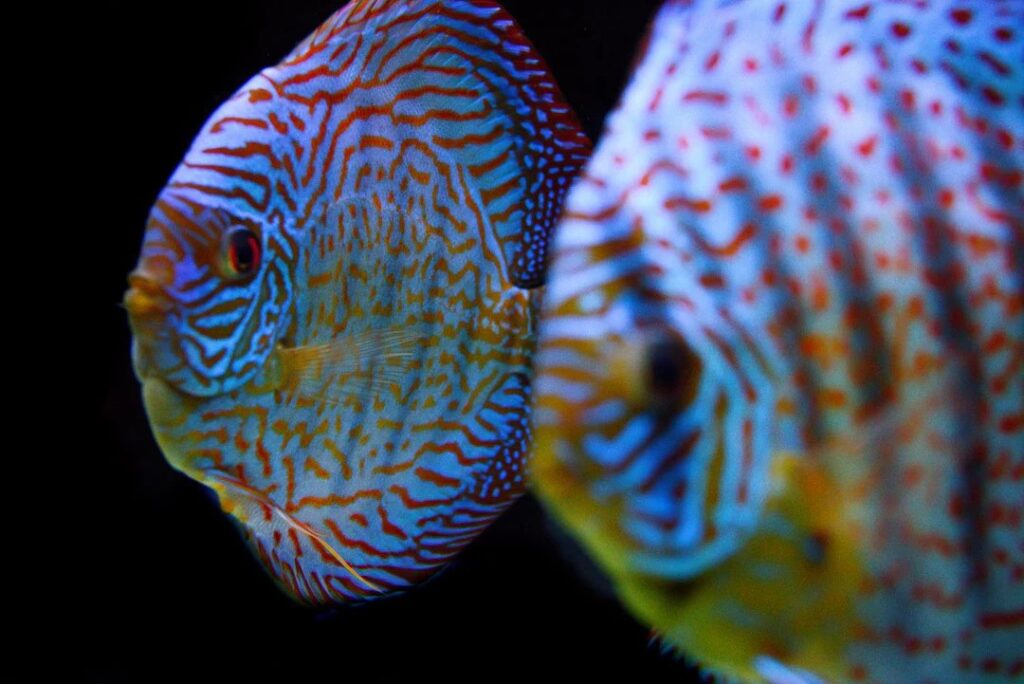
Species Specific Care and Tips
When it comes to owning rare freshwater aquarium fish, it’s essential to provide them with the proper care to ensure their health and well-being. We’ll cover some important factors that you should consider when caring for these unique species.
First of all, lifespan varies greatly among different fish species. Some may live for just a few years, while others can thrive for over a decade or more in your aquarium. It’s crucial to research the specific needs of each fish before bringing them home. Successfully breeding these tropical fish can be quite rewarding, but proper care should be the primary focus.
Choosing the right tank size is another essential aspect of caring for these unique fish species. Underestimating the space needed for their growth can lead to stress and health issues. Make sure to consult a guide on how many fish your aquarium can support and allocate space accordingly.
Providing hiding places for your fish is important, especially if you’re housing shy species or those with territorial behaviors. Fish appreciate having spots to escape from the activity and find solace. You can create hiding places with decorations like driftwood, plants, and rocks.
The dietary needs of rare freshwater aquarium fish are diverse. Carnivores require a diet rich in protein, often preferring live food. Omnivores, on the other hand, benefit from a balanced diet consisting of both plant and animal matter. Be mindful of the messier eaters, as they can create excess waste and may even require high-quality filtration to maintain water quality.
Lastly, make sure to keep an eye on the oxygen levels in your aquarium. Some fish, commonly known as “monster fish,” can quickly consume available oxygen, especially in warmer temperatures, and may require additional aeration equipment to thrive in a healthy environment.
By understanding and accommodating the specific needs of your rare freshwater fish, you’ll be able to provide a comfortable and healthy living space that allows them to thrive in all their uniqueness.
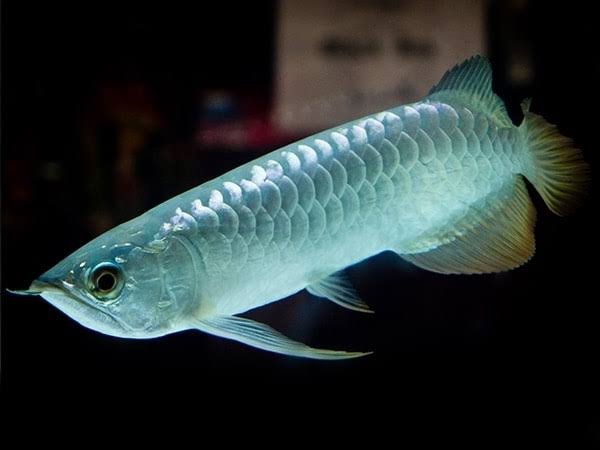
Closing Thoughts
As avid aquarists, we understand the excitement that comes with adding rare freshwater fish to our aquariums. Although beginner aquarists might be more familiar with saltwater fish, there are countless striking and unique freshwater species that can equally enhance the aesthetics and enjoyment of your aquarium.
Incorporating plants and invertebrates alongside your rare freshwater tropical fish can create a well-balanced ecosystem that invites both visual appeal and biological harmony. Species like angels and livebearers can be great additions to your freshwater setup and provide a captivating experience for everyone involved.
Keep in mind the unique requirements of each species, such as their preferred water parameters and dietary needs. Provide them with the proper environment, and they will thrive. An acclimation guide should be part of your process when introducing new fish to the tank, as it will aid in their smooth transition to their new home.
Ultimately, owning rare freshwater aquarium fish can be a rewarding and exhilarating endeavor. With the right knowledge, equipment, and care, these fascinating creatures can become the centerpiece of your aquatic world, offering endless hours of enjoyment and wonder.
Freshwater Aquarium Fish You Can Buy Today FAQs
What are some unique fish for a home aquarium?
There are several unique fish species you can consider for your home aquarium. The dwarf pufferfish, also known as the Malabar pufferfish, pea pufferfish, or pygmy pufferfish, is one example. Native to Southwest India, it’s a small, freshwater fish and one of the few pufferfish that can live in freshwater aquariums.
Where can I find exotic freshwater fish for sale?
Exotic freshwater fish can be found at various online stores, such as the Splashy Fish store. Local aquarium shops and specialty fish stores are also great places to find exotic and rare fish species for sale. Just ensure you’re buying from a reputable seller who has the right knowledge, experience, and proper care for the fish.
Which colorful freshwater fish are also rare?
Fish like the imperial flower loach, zebra pleco, and peppermint angelfish are rare and colorful freshwater species worth considering. These fish not only add vibrant colors to your aquarium but also contribute to its uniqueness due to their rarity.
What are some unusual freshwater aquarium species?
In addition to the already mentioned colorful and rare fish, there are several unusual freshwater species, such as the platinum arowana, golden gar, and freshwater polka-dot stingray, that can make your home aquarium distinctive and interesting.
How can I find rare fish for my aquarium near me?
To find rare fish species near your location, start by visiting local aquarium shops and specialty fish stores. You can also ask for recommendations from fellow aquarists in local aquarium hobbyist groups or online forums. Finally, don’t forget to search online for reputable sellers who ship live fish within your region.
What are the best long-life, exotic freshwater fish?
The Arowana is a popular and exotic freshwater fish known for its prehistoric appearance. Found naturally in the Amazon river basin, it is known for its long lifespan and distinguished nature. Arowanas can grow up to 35 inches and require large tanks due to their size. When choosing any long-life, exotic freshwater fish, always take the necessary care of providing appropriate living conditions and tank size to promote a healthy lifespan.